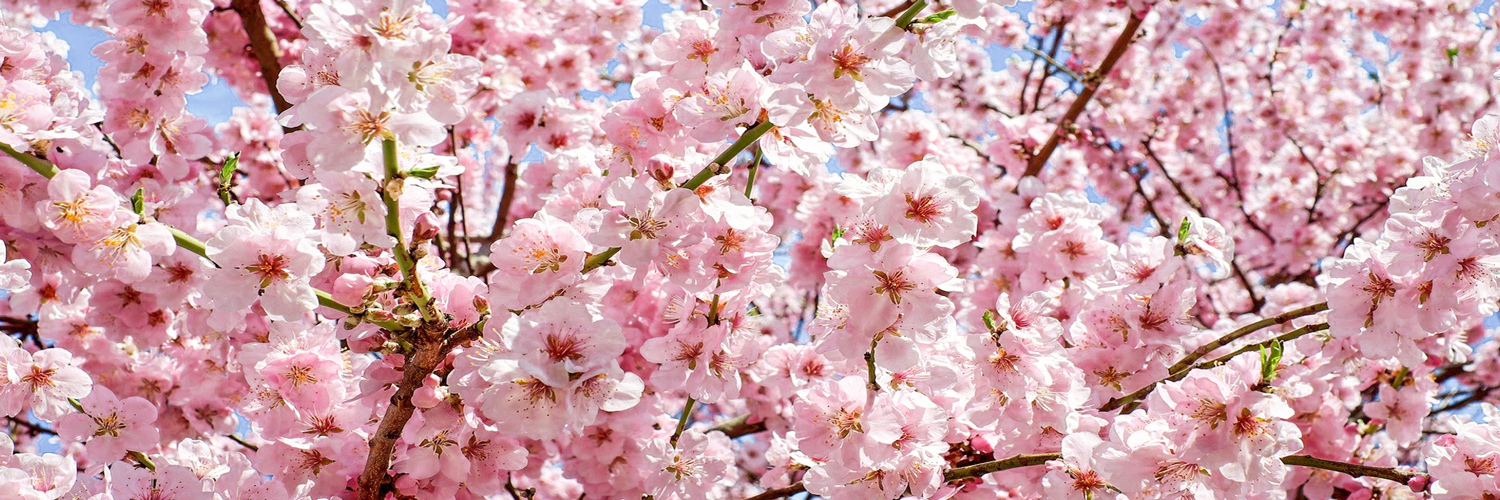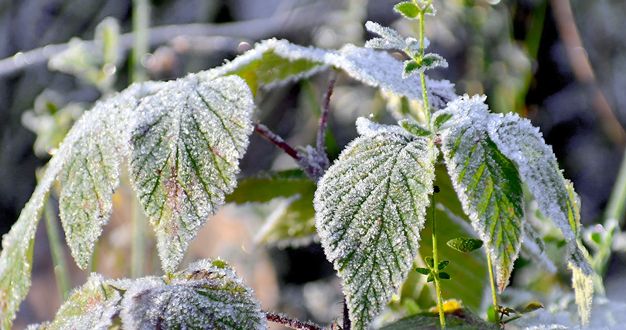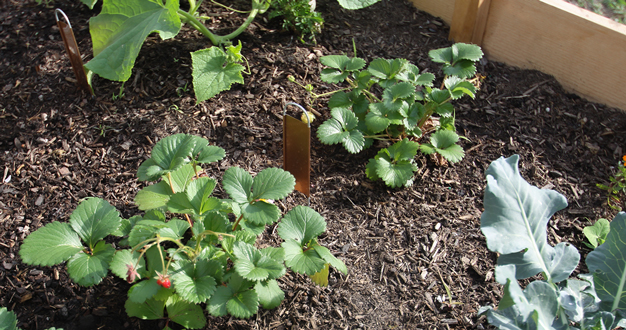
Spring has arrived, and suddenly our flowering trees are bursting out in a riot of color! Bold floral statements might be their crowning achievement, but blooms aren’t their only talent. These jewels of spring are much more than pretty petals – they offer a variety of benefits to their communities all year long.
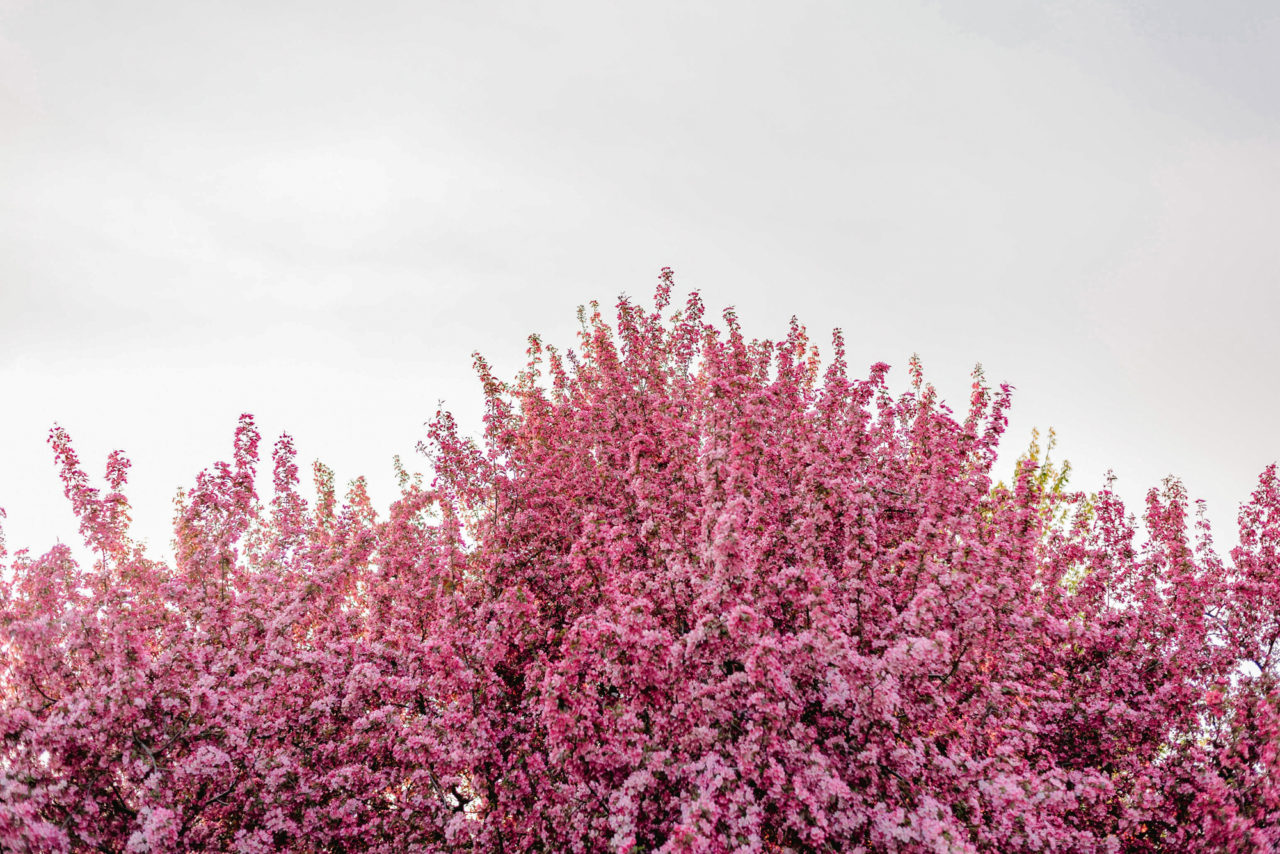
The Value of Flowering Trees
Like all trees, flowering trees enhance our landscapes, our neighborhoods, and our local plant and wildlife communities in many ways. But what these ornamental beauties have to offer is a little different than their less flowery cousins.
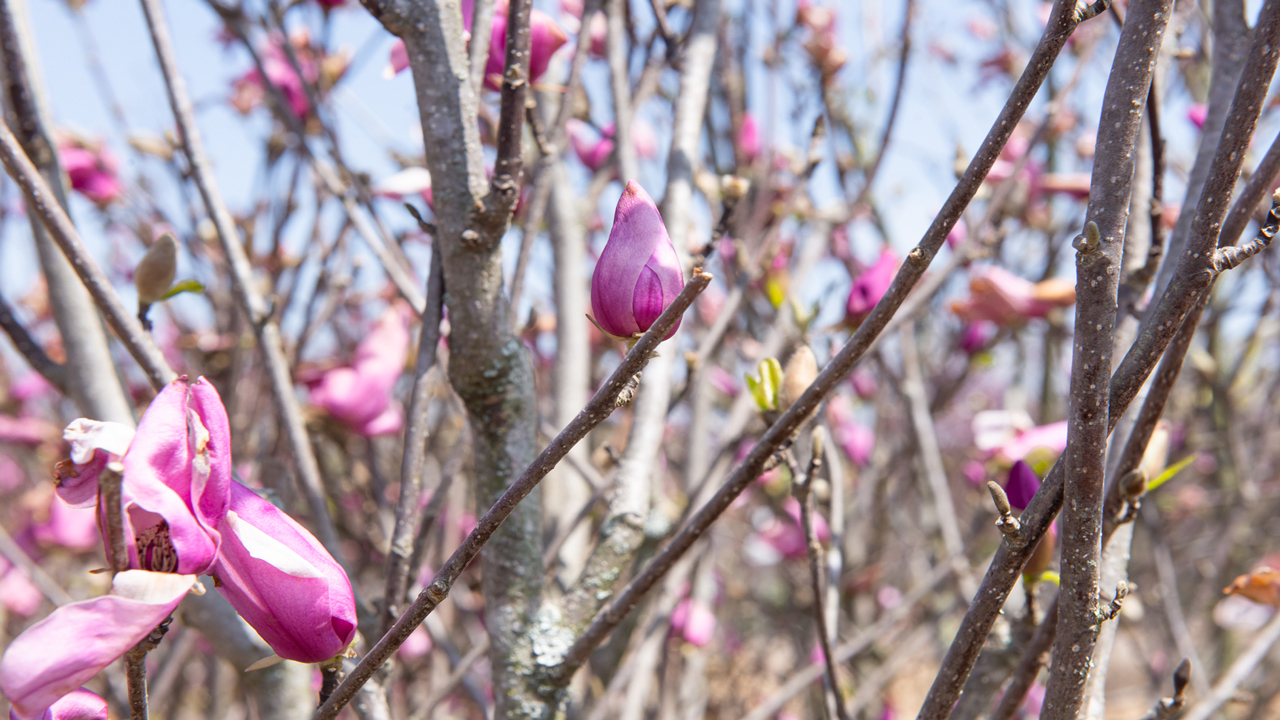
- They bloom.
Of course, the most noteworthy appeal of a flowering tree is its conspicuous bloom. And conveniently, many flowering trees bloom in early spring – providing an uplifting burst of color and fragrance between winter’s end and planting season. These early flowers also offer an important source of nectar and pollen for bees and other emerging pollinators too.
- They’re colorful almost year-round.
In addition to the colorful spring blooms, many of our most popular flowering trees provide color to the landscape throughout the rest of the year too. With the variety of species and cultivars to choose from, you can find a range of foliage colors in spring, summer, and fall – plus a selection of bud and bloom colors and a choice of colorful fruit that provides winter interest too.
- They’re short.
The relatively short stature of most flowering trees gives them unique benefits for the landscape. For one, as an understory tree, a flowering tree adds additional layers of color and texture as part of a mixed tree line. In the front yard, a flowering tree’s color and texture also complements an array of homes and landscapes without towering high above everything else. And, next to a patio, a flowering tree can provide a close, dense shelter from the hot sun and the neighbor’s line of sight.
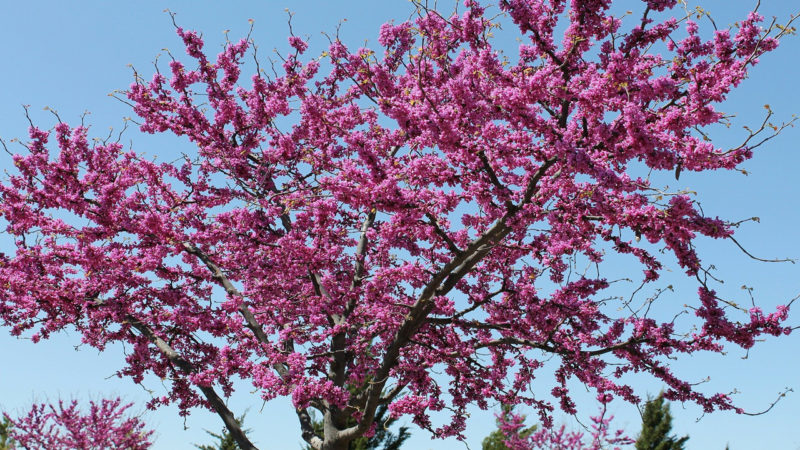
- They’re often native.
Many flowering trees, such as eastern redbud, serviceberry, pagoda dogwood, and others are regional natives, so they’re especially good at supporting our community of local insects, birds, and other wildlife. For instance, all kinds of bees appreciate redbud’s early supply of nectar and pollen while birds and squirrels like to forage on the seed pods that come later. And birds love the sweet, tasty berries found on serviceberry – so do people, if they can get to them before the birds.
How to Pick a Flowering Tree
With such a variety of styles, you can almost custom order a flowering tree to suit whatever you’re looking for. But that much choice can be a bit overwhelming too – and of course, you want to find the best tree to fit your needs and style. The key is figuring out what you want your tree to do for your landscape and which colors and textures you enjoy most. Then, take each decision one at a time until you narrow down your list to a few choices that meet your goals for your outdoor space.
- Consider the height and form.
Most of our ornamental flowering trees are about ten to twenty feet tall, but shape is another matter. Some flowering trees are taller than they are wide (like magnolia), some spread out in a wider profile (like redbud), and some are nearly symmetrical (like most flowering crabapples). Think about where you want to plant your tree – near the house, beside a patio, or maybe in the front yard. Then you can decide whether a wider tree will fit or if something more upright in form is needed for the space.
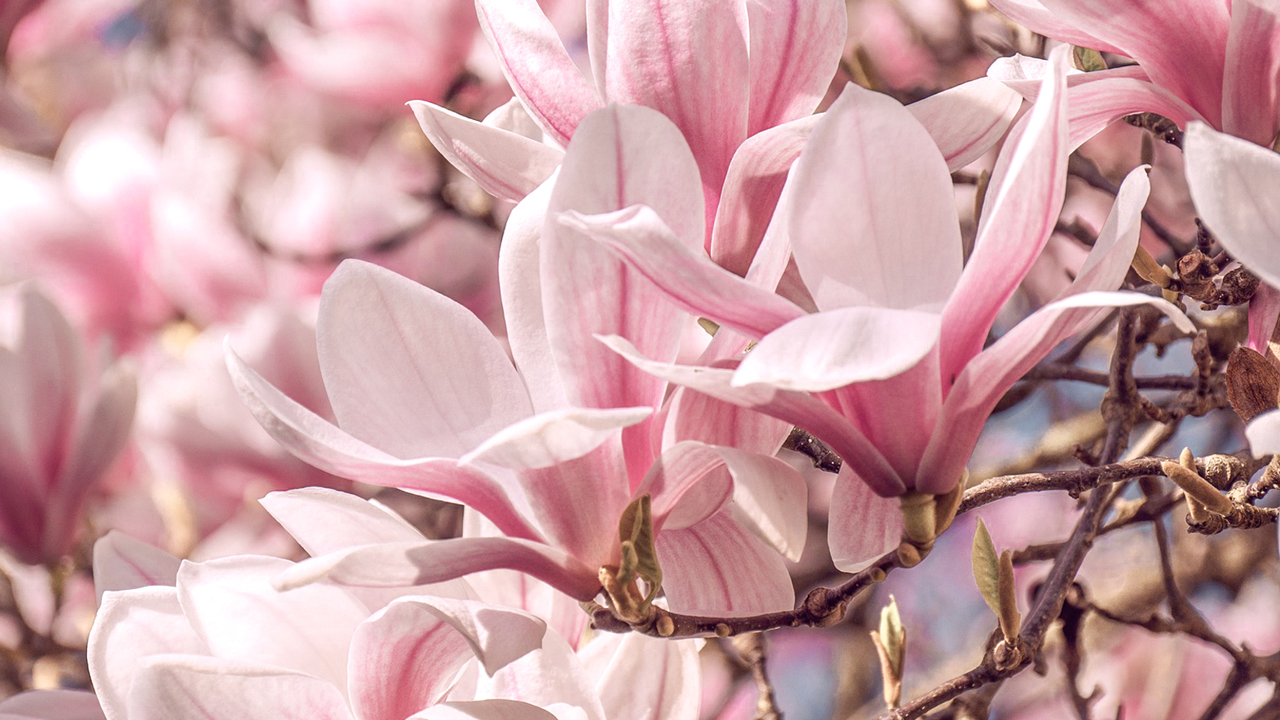
- Think about blooms.
Timing, color, and style are three important characteristics of a flowering tree’s bloom. Depending on the species and cultivar, a flowering tree can bloom as early as March (in the case of ‘Royal Star’ magnolia) or as late as June. Most of the popular crabapple trees bloom in April and May. When choosing a flowering tree, think about the other early-blooming plants in your landscape. Are there early-bloomers like tulips or daffodils that you’d like to complement? Are there gaps in early-spring display that a flowering tree could fill?
And when choosing a bloom, you obviously want a color that you love – whether it’s pink, purple, white, or yellow – but it’s a good idea to consider the color of your home too. Light-colored blooms stand out against a dark home and vice versa. And as for style, you have options there as well. Some homeowners prefer the look of large, individual blooms like those on a magnolia. Others love the tree-covering display of crabapple or the hazy purple mist that seems to appear overnight from a red bud’s delicate blooms.
- Compare their foliage colors.
After flowering is done, the foliage of many flowering trees carries a second display of beautiful color through the rest of the year. For instance, the spring leaves of ‘Prairie Fire’ crabapple emerge purple before maturing to a dark green with reddish petioles for the summer, then shifting again to orange for the fall. In contrast, the foliage of ‘Royal Raindrops’ crabapple emerges purple in the spring and stays that way all summer before turning red-orange in the fall. But most flowering trees show shades of green throughout the summer – including the serviceberry ‘Autumn Brilliance’ which displays its dark green foliage before bursting into brilliant red and orange in the fall.
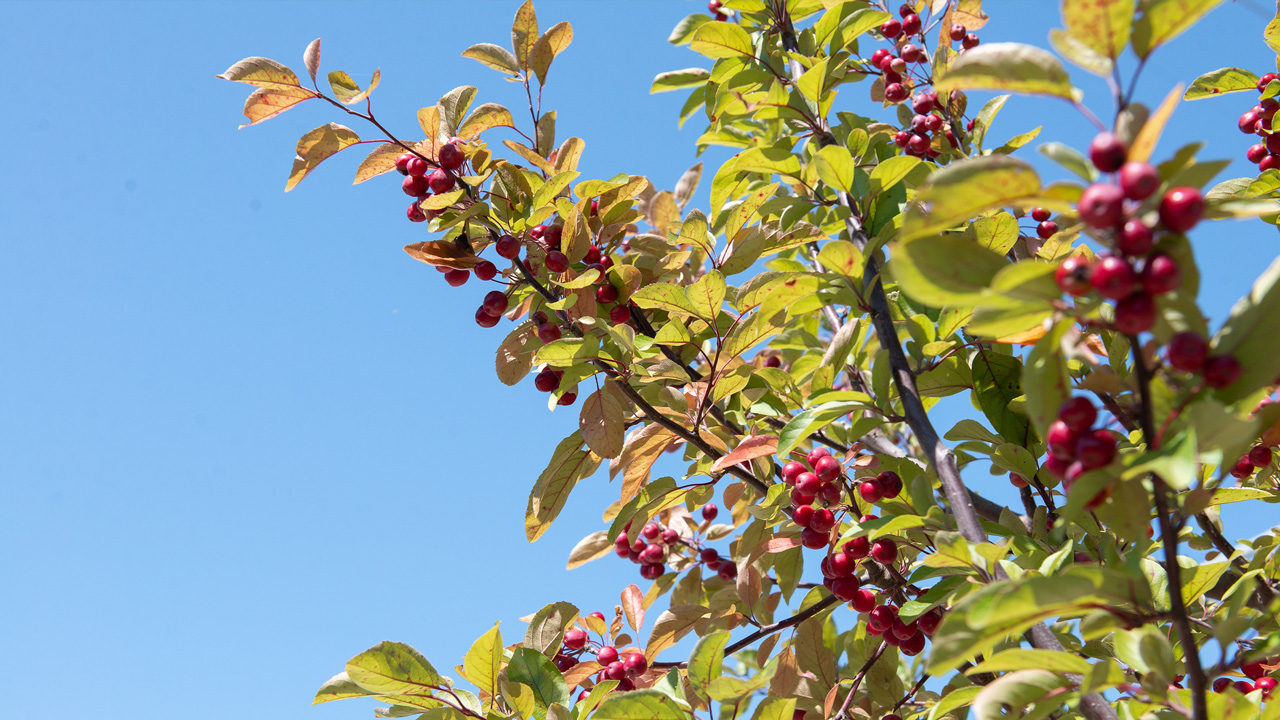
- Appreciate the fruit.
With most ornamental flowering trees, conspicuous berries or tiny crabapple fruit follows the flowers. This colorful fruit provides another interesting texture to the landscape that often persists into the winter when all other color is scarce. And you’ll never be lonely with a flowering tree in your yard – especially in the fall and winter when food is limited – because birds like cardinals, cedar waxwings, and woodpeckers love to gobble up the fruit before it ever hits the ground.
Add Tons of Blooms in Your Yard
Right now, the flowering trees are showing off, and it’s gorgeous out here! Come out to the Nursery Yard and stroll among the blooms – we can’t wait to help you find the flowering tree that’s perfect for your own outdoor space.

